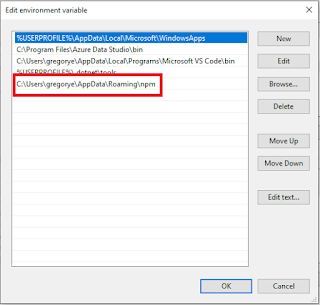Structures Example In C#.NET
Good evening team,
As you can see from the test program, you can declare a struct object w/o specifying a new keyword. You could also declare a struct object using the new keyword, provided that you supply values to it's constructor. The third code also let's you create an array of structures.
Before migrating to .NET, i used to code a lot in C++/C.. One of the topics in data structures was structures .C# also has struct in its arsenal.A structure is similar to a class, but is a value type, rather than a reference type. Structures are declared using the keyword struct and are syntactically similar to classes. Here is the general form of a struct.
struct name : interfaces { // member declarations }
The name of the structure is specified by name.Structures cannot inherit other structures or classes, or be used as a base for other structures or classes. (Of course, like all C# types, structures do inherit object.) However, a structure can implement one or more interfaces. These are specified after the structure name using a comma-separated list. Like classes, structure members include methods, fields, indexers, properties, operator methods, and events. Structures can also define constructors, but not destructors. However, you cannot define a default (parameterless) constructor for a structure. The reason for this is that a default constructor is automatically defined for all structures, and this default constructor can’t be changed. The default constructor initializes the fields of a structure to their default values. Since structures do not support inheritance, structure members cannot be specified as abstract, virtual, or protected. (FROM: C# COMPLETE REFERENCE)So, to give an example, here is a struct that computes the area of a rectangle.
public struct MyStruct { public int height; public int width; public MyStruct(int h, int w) { this.height = h; this.width = w; } public override string ToString() { return (width * height).ToString(); } } //And here is the test program: static void Main(string[] args) { MyStruct s; s.width = 5; s.height = 5; //declare s1 similar to instantiation of objects MyStruct s1 = new MyStruct(9, 7); Console.WriteLine("Area of first rectangle is: {0} second is: { 1 } ", s.ToString(),s1.ToString()); //array of structs MyStruct[] s2 = new MyStruct[3]; s2[0].height = 8; s2[0].width = 4; s2[1].height = 10; s2[1].width = 10; s2[2].height = 12; s2[2].width = 2; Console.WriteLine("\n"); foreach(var @struct in s2) { Console.WriteLine("Area of the three rectangle are: {0}", @struct.ToString()); } }



Comments
Post a Comment